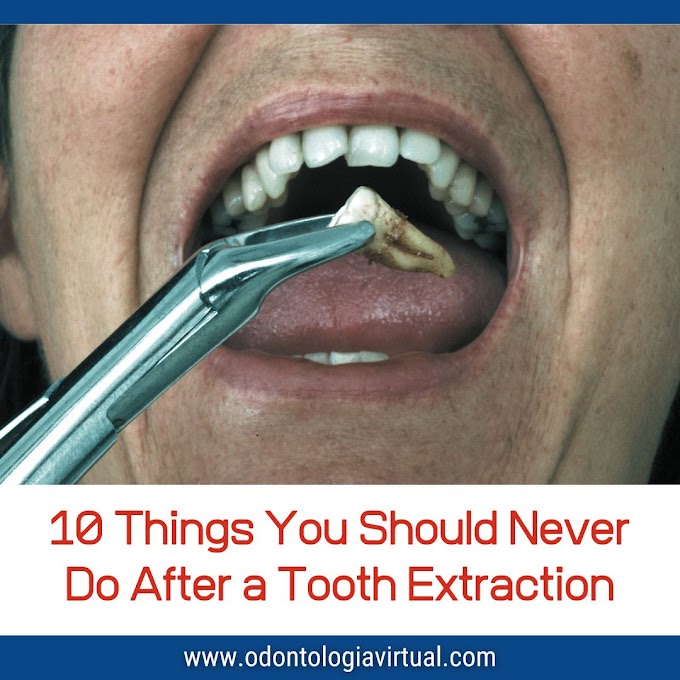Key Recommendations
★ Rigorous Oral Hygiene as a Foundation
Emphasizes excellent oral hygiene, comprehensive patient education, and proper brushing techniques in reducing WSL risk, especially with fixed appliances.
★ Daily Use of Fluoride
Recommends fluoride toothpaste to enhance enamel acid resistance and prevent demineralization. Additionally, topical fluoride (e.g., varnish) and other remineralizing agents are advised both preventively and therapeutically.
★ Regular Risk Monitoring
At follow-up visits, assess plaque levels, calculus, and food retention; if increased risk is detected, immediately implement preventive interventions.
★ Treatment Strategies for Established Lesions
For emerging WSLs, localized fluoride applications, remineralizing agents, or resin infiltration may be employed. Appliance modification—or temporary removal—may also be considered until the lesion is under control.
★ Early Prevention and Interdisciplinary Care
Advocates proactive strategies involving early detection, scientific follow-up, and collaboration across dental specialties to preserve both oral health and aesthetics through the course of orthodontic treatment.
★ Diagnostic Best Practices
Visual and tactile examinations, supported by digital photography with proper lighting, are recommended for evaluating lesion severity and tracking progression.
★ Special Considerations for Clear Aligners
Though removable and facilitating oral hygiene, aligners must still be worn 20–22 hours per day. Poor hygiene during wear can result in extensive enamel demineralization. Thus, cleaning teeth prior to reapplying aligners and rinsing after consuming sugary drinks is critical.
► I invite dental professionals worldwide to Download and read the Full article in PDF to explore these expert recommendations in depth and integrate evidence-based best practices into clinical orthodontic care.












